The 80s may one day be regarded as the golden age of Indian TV, but for now, all that’s left of our classic dramas are memories
The 80s may one day be regarded as the golden age of Indian TV, but for now, all that’s left of our classic dramas are memories Thirty-eight years ago, on September 17, 1972, viewers in America settled down to watch the first episode of what would become one of the most-popular TV serials in US television history, with more than 105 million viewers. M*A*S*H — a war satire, about a Mobile Army Surgical Hospital in Korea - ran for 11 years, and paved the way for other shows that dared to question society, human ethos, and the debacle of war.
But Indian TV, too, had its share of thought-provoking, path-breaking serials like Humlog, Nukkad, Mr Yogi and Rajni, to name a few. In the days when Doordarshan was the only source of entertainment, families would gather in living rooms across the city and watch serials that depicted real people and real issues. This was the time before saas-bahu dramas flooded the many channels.
Karan Razdan wrote for, and acted in, the serial Rajni (1985) — the late Priya Tendulkar played the role of Rajni, a woman who was not afraid to fight for her rights, whatever the odds — says, "In those days, serials worked on the basic instincts of the audience, like anger, happiness, jealousy, etc. We made an extra effort to make people aware of their rights. These days, television channels follow set formulae that have already been proven successful."
But serials like Rajni exist only in public memory. According to Jaspal Bhatti who directed Flop Show (1989) — a series of 10 episodes that used satire to talk about issues like corruption — lack of experimentation is the reason why we don't see such serials anymore. "I think the people have become more TRP driven. We have stopped experimenting; it's herd mentality. And you have to remember, that Doordarshan, apart from entertaining the audience, had a responsibility — it had to impart a social message," he says.
Those were the days when the words 'Reality TV' had not yet entered mainstream consciousness. The audience was more than happy to watch serials that showed real life in all its trivial glory and, well, moral gore. One classic example was Wagle Ki Duniya (1988). Directed by Ravi Oja, it focused on the life of the common man, Wagle. Each episode followed the travails and apprehensions of Wagle and his family - and had all of India nodding and laughing in empathy.
In Bhatti's opinion, it's doubtful whether the new generation of Indians raised on drama, reality TV and soaps, will ever see serials like these. "Channel heads say that the audience wants to see a certain kind of serial, and that's that," he says. But even audiences today don't want to be reminded about real life, preferring to lose themselves in a fantasy world. And that's something Indian television in the 70s and 80s did not really cater to.
Kanwaljit Singh, who played the role of Satbir (Vrishbhan's illegitimate son) in the cult television serial Buniyaad (1986) that focused on the 1947 Parition and life after it, says, "Earlier, people did what they believed in. As Doordarshan had a monopoly in those days, there was no competition factor. People were open to experimentation because of the lack of competition. These days, any idea that clicks is copied by everyone."
While social issues were the order of the day, serials like the highly entertaining Mr Yogi (1989) were also equally popular. Here, the narrator, Sutradhar (Om Puri) followed the misadventures of Yogesh Ishwarlal Patel (played by the late Mohan Gokhale), who was in search of the perfect wife.
Says director Ketan Mehta: "I found it a very fascinating story. And don't forget, those television serials called for a certain amount of creative freedom."
But if TRP ratings are to go by, these serials don't have a place in 21st Century India. "I grew up watching those serials; I still watch TV, and I love the new shows, too. They wouldn't have worked in 80s India, but I doubt whether the likes of Buniyaad or Nukkad (1986) will have traction with the audience today," says Kinjal Shah, a 33-year-old homemaker.
Nukkad for instance, brought to light the struggles of the city youth in pre-liberal India. The characters would meet every evening at the street corner (nukkad) to discuss their life stories. But today's urban youth no longer meets his friends at the street corner. You'll find him hanging out at the local coffee shop, with a cellphone in hand, hoping to catch the latest reality show that's airing on prime-time TV.
p_sugandha@dnaindia.net ![submenu-img]() Balancing Risk and Reward: Tips and Tricks for Good Mobile Trading
Balancing Risk and Reward: Tips and Tricks for Good Mobile Trading![submenu-img]() Balmorex Pro [Is It Safe?] Real Customers Expose Hidden Dangers
Balmorex Pro [Is It Safe?] Real Customers Expose Hidden Dangers![submenu-img]() Sight Care Reviews (Real User EXPERIENCE) Ingredients, Benefits, And Side Effects Of Vision Support Formula Revealed!
Sight Care Reviews (Real User EXPERIENCE) Ingredients, Benefits, And Side Effects Of Vision Support Formula Revealed!![submenu-img]() Java Burn Reviews (Weight Loss Supplement) Real Ingredients, Benefits, Risks, And Honest Customer Reviews
Java Burn Reviews (Weight Loss Supplement) Real Ingredients, Benefits, Risks, And Honest Customer Reviews![submenu-img]() Gurucharan Singh is still unreachable after returning home, says Taarak Mehta producer Asit Modi: 'I have been trying..'
Gurucharan Singh is still unreachable after returning home, says Taarak Mehta producer Asit Modi: 'I have been trying..'![submenu-img]() RBSE 12th Result 2024 Live Updates: Rajasthan Board Class 12 results DECLARED, get direct link here
RBSE 12th Result 2024 Live Updates: Rajasthan Board Class 12 results DECLARED, get direct link here![submenu-img]() IIT graduate Indian genius ‘solved’ 161-year old maths mystery, left teaching to become CEO of…
IIT graduate Indian genius ‘solved’ 161-year old maths mystery, left teaching to become CEO of…![submenu-img]() RBSE 12th Result 2024 Live Updates: Rajasthan Board Class 12 results to be announced soon, get direct link here
RBSE 12th Result 2024 Live Updates: Rajasthan Board Class 12 results to be announced soon, get direct link here![submenu-img]() Meet doctor who cracked UPSC exam to become IAS officer but resigned after few years due to...
Meet doctor who cracked UPSC exam to become IAS officer but resigned after few years due to...![submenu-img]() IIT graduate gets job with Rs 45 crore salary package, fired after few years, buys Narayana Murthy’s…
IIT graduate gets job with Rs 45 crore salary package, fired after few years, buys Narayana Murthy’s…![submenu-img]() DNA Verified: Is CAA an anti-Muslim law? Centre terms news report as 'misleading'
DNA Verified: Is CAA an anti-Muslim law? Centre terms news report as 'misleading'![submenu-img]() DNA Verified: Lok Sabha Elections 2024 to be held on April 19? Know truth behind viral message
DNA Verified: Lok Sabha Elections 2024 to be held on April 19? Know truth behind viral message![submenu-img]() DNA Verified: Modi govt giving students free laptops under 'One Student One Laptop' scheme? Know truth here
DNA Verified: Modi govt giving students free laptops under 'One Student One Laptop' scheme? Know truth here![submenu-img]() DNA Verified: Shah Rukh Khan denies reports of his role in release of India's naval officers from Qatar
DNA Verified: Shah Rukh Khan denies reports of his role in release of India's naval officers from Qatar![submenu-img]() DNA Verified: Is govt providing Rs 1.6 lakh benefit to girls under PM Ladli Laxmi Yojana? Know truth
DNA Verified: Is govt providing Rs 1.6 lakh benefit to girls under PM Ladli Laxmi Yojana? Know truth![submenu-img]() Urvashi Rautela mesmerises in blue celestial gown, her dancing fish necklace steals the limelight at Cannes 2024
Urvashi Rautela mesmerises in blue celestial gown, her dancing fish necklace steals the limelight at Cannes 2024![submenu-img]() Kiara Advani attends Women In Cinema Gala in dramatic ensemble, netizens say 'who designs these hideous dresses'
Kiara Advani attends Women In Cinema Gala in dramatic ensemble, netizens say 'who designs these hideous dresses'![submenu-img]() Influencer Diipa Büller-Khosla looks 'drop dead gorgeous' in metallic structured dress at Cannes 2024
Influencer Diipa Büller-Khosla looks 'drop dead gorgeous' in metallic structured dress at Cannes 2024![submenu-img]() Kiara Advani stuns in Prabal Gurung thigh-high slit gown for her Cannes debut, poses by the French Riviera
Kiara Advani stuns in Prabal Gurung thigh-high slit gown for her Cannes debut, poses by the French Riviera![submenu-img]() Heeramandi star Taha Shah Badussha makes dashing debut at Cannes Film Festival, fans call him ‘international crush’
Heeramandi star Taha Shah Badussha makes dashing debut at Cannes Film Festival, fans call him ‘international crush’![submenu-img]() Haryana Political Crisis: Will 3 independent MLAs support withdrawal impact the present Nayab Saini led-BJP government?
Haryana Political Crisis: Will 3 independent MLAs support withdrawal impact the present Nayab Saini led-BJP government?![submenu-img]() DNA Explainer: Why Harvey Weinstein's rape conviction was overturned, will beleaguered Hollywood mogul get out of jail?
DNA Explainer: Why Harvey Weinstein's rape conviction was overturned, will beleaguered Hollywood mogul get out of jail?![submenu-img]() What is inheritance tax?
What is inheritance tax?![submenu-img]() DNA Explainer: What is cloud seeding which is blamed for wreaking havoc in Dubai?
DNA Explainer: What is cloud seeding which is blamed for wreaking havoc in Dubai?![submenu-img]() DNA Explainer: What is Israel's Arrow-3 defence system used to intercept Iran's missile attack?
DNA Explainer: What is Israel's Arrow-3 defence system used to intercept Iran's missile attack?![submenu-img]() Gurucharan Singh is still unreachable after returning home, says Taarak Mehta producer Asit Modi: 'I have been trying..'
Gurucharan Singh is still unreachable after returning home, says Taarak Mehta producer Asit Modi: 'I have been trying..'![submenu-img]() ‘Jo mujhse bulwana chahte ho…’: Angry Dharmendra lashes out after casting his vote in Lok Sabha Elections 2024
‘Jo mujhse bulwana chahte ho…’: Angry Dharmendra lashes out after casting his vote in Lok Sabha Elections 2024![submenu-img]() Deepika Padukone spotted with her baby bump as she steps out with Ranveer Singh to cast her vote in Lok Sabha elections
Deepika Padukone spotted with her baby bump as she steps out with Ranveer Singh to cast her vote in Lok Sabha elections![submenu-img]() Jr NTR surprises fans on birthday, announces NTR 31 with Prashanth Neel, shares details
Jr NTR surprises fans on birthday, announces NTR 31 with Prashanth Neel, shares details ![submenu-img]() 86-year-old Shubha Khote wins hearts by coming out to cast her vote in Lok Sabha elections, says meant to inspire voters
86-year-old Shubha Khote wins hearts by coming out to cast her vote in Lok Sabha elections, says meant to inspire voters![submenu-img]() Watch viral video: Man gets attacked after trying to touch ‘pet’ cheetah; netizens react
Watch viral video: Man gets attacked after trying to touch ‘pet’ cheetah; netizens react![submenu-img]() Real story of Lahore's Heermandi that inspired Netflix series
Real story of Lahore's Heermandi that inspired Netflix series![submenu-img]() 12-year-old Bengaluru girl undergoes surgery after eating 'smoky paan', details inside
12-year-old Bengaluru girl undergoes surgery after eating 'smoky paan', details inside![submenu-img]() Viral video: Pakistani man tries to get close with tiger and this happens next
Viral video: Pakistani man tries to get close with tiger and this happens next![submenu-img]() Owl swallows snake in one go, viral video shocks internet
Owl swallows snake in one go, viral video shocks internet




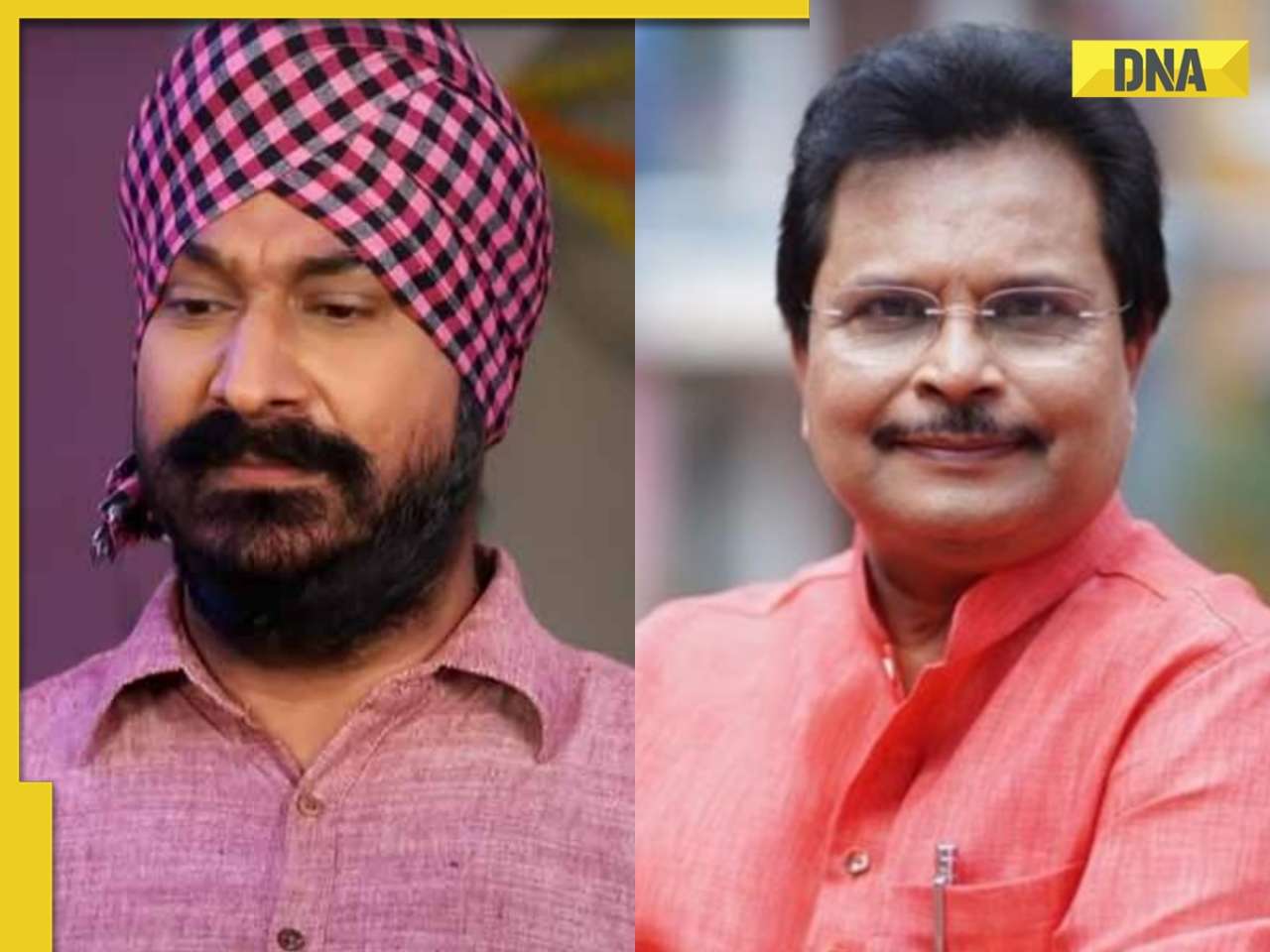





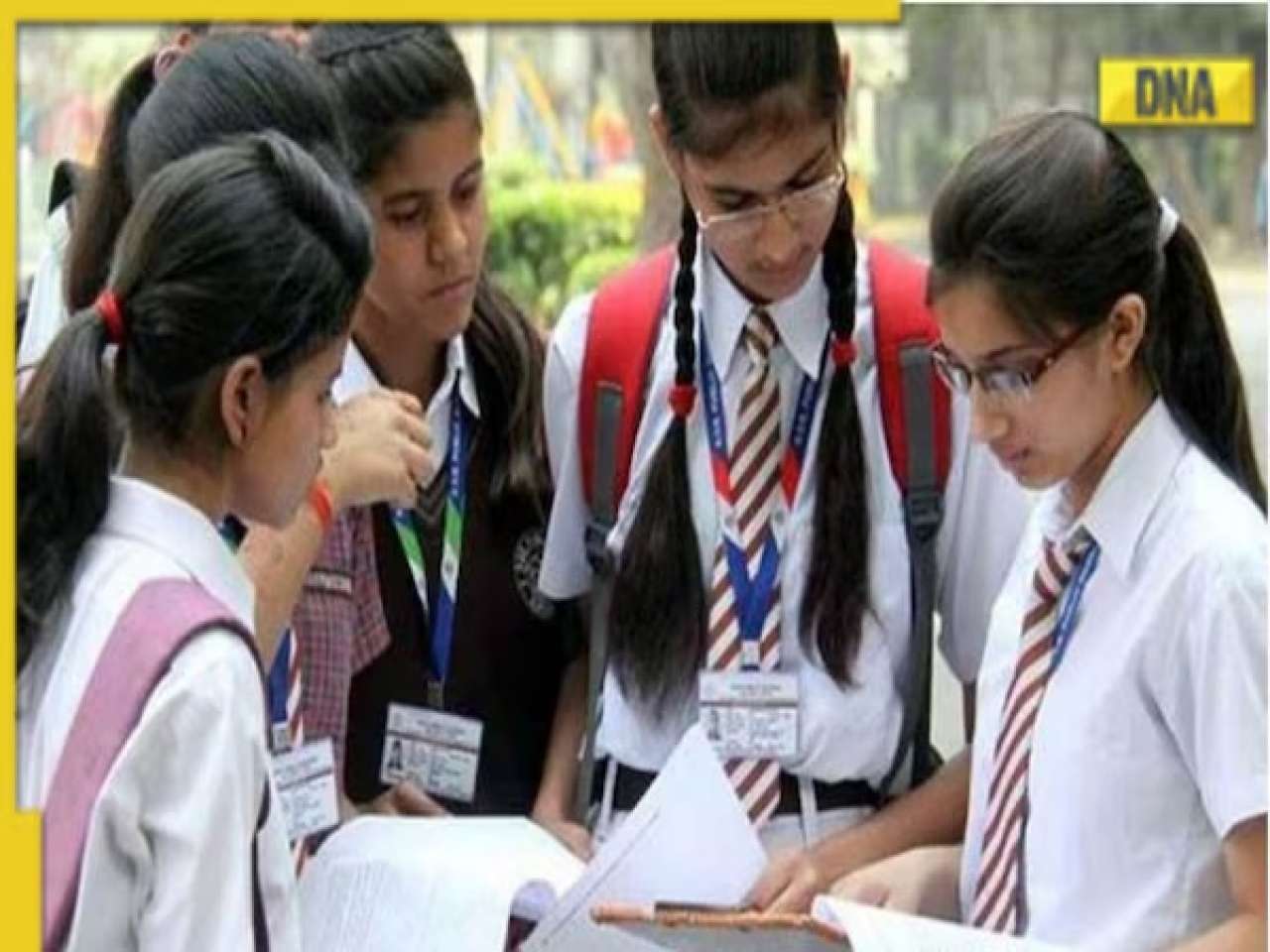

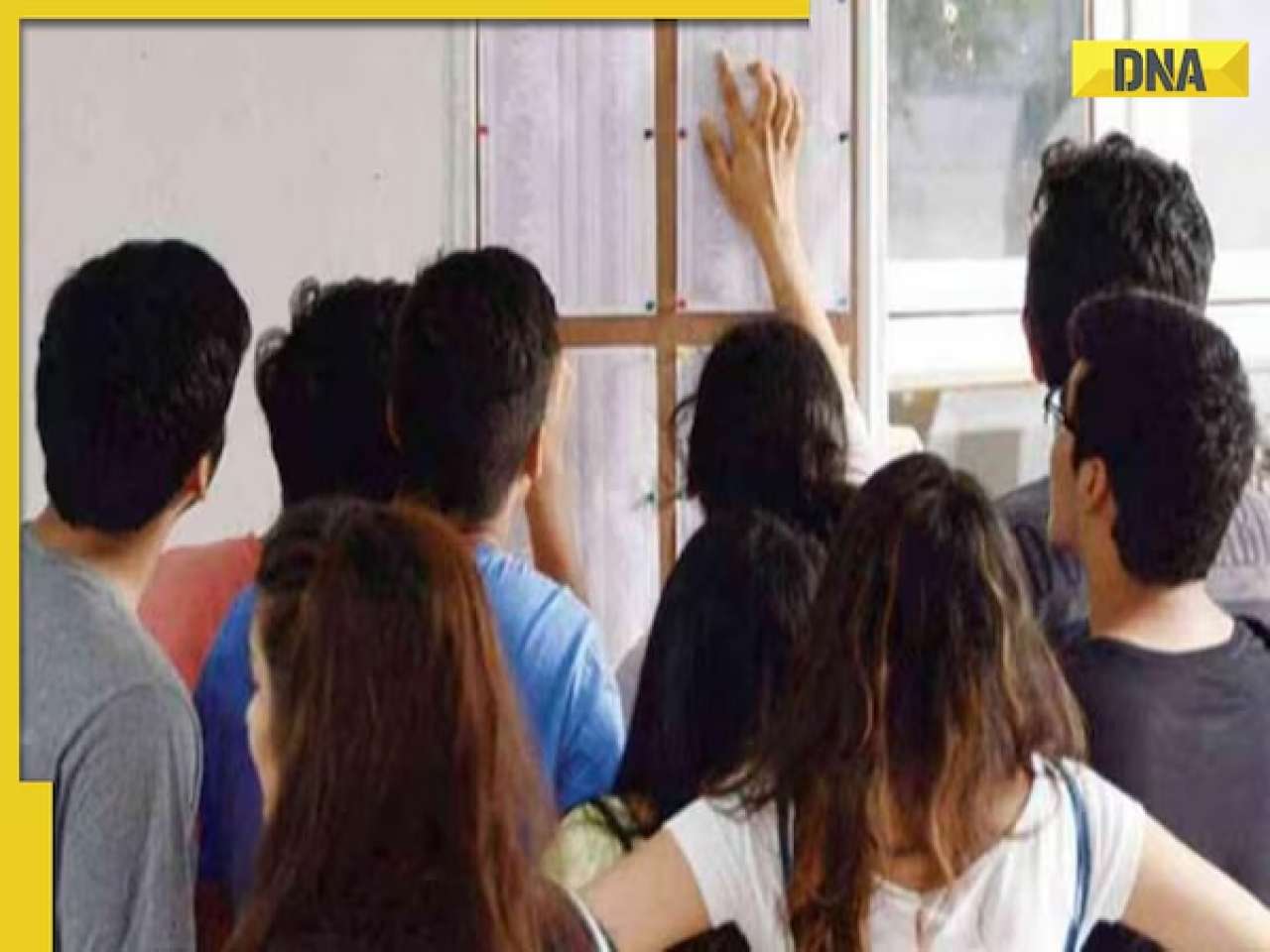
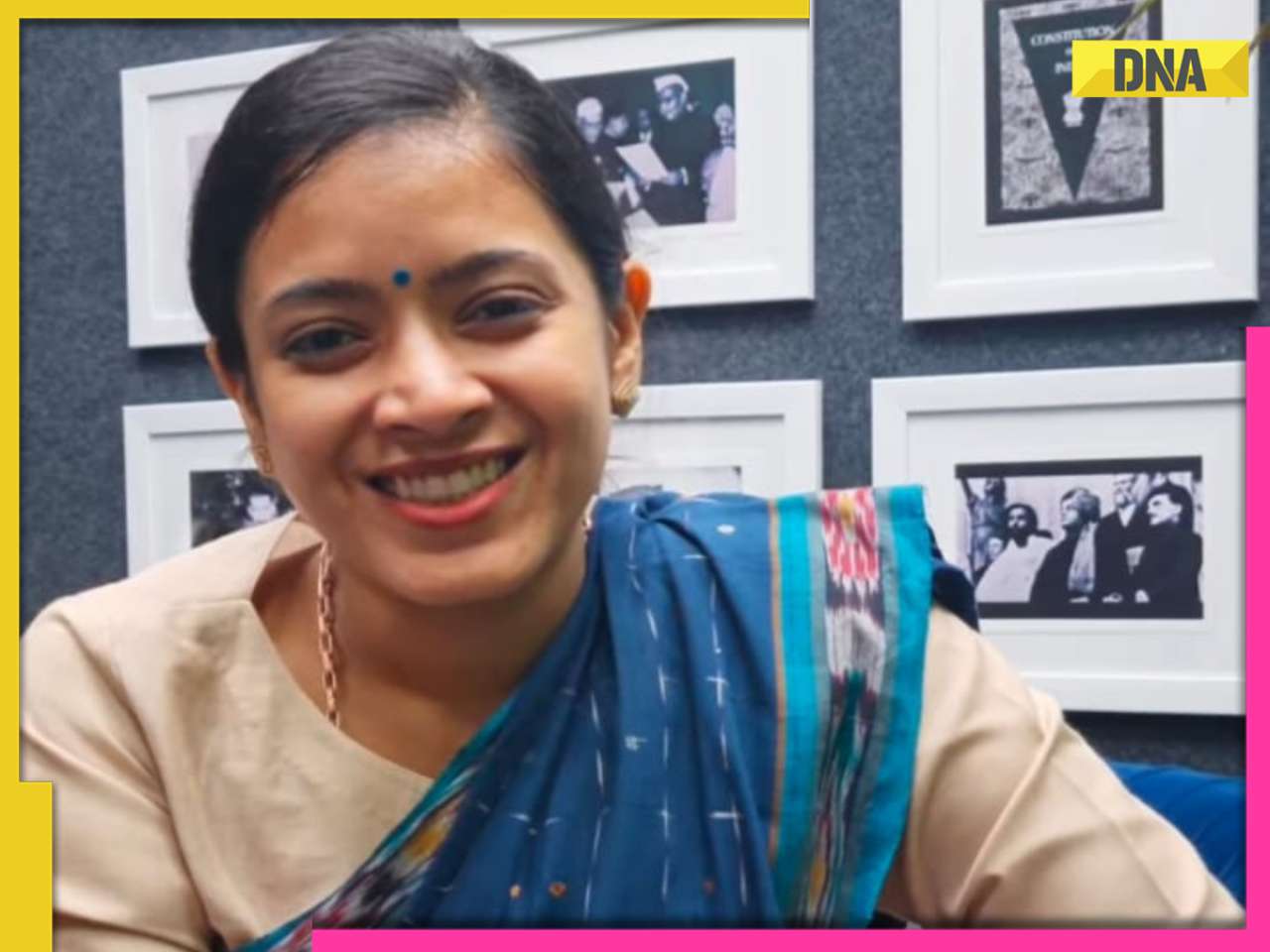



















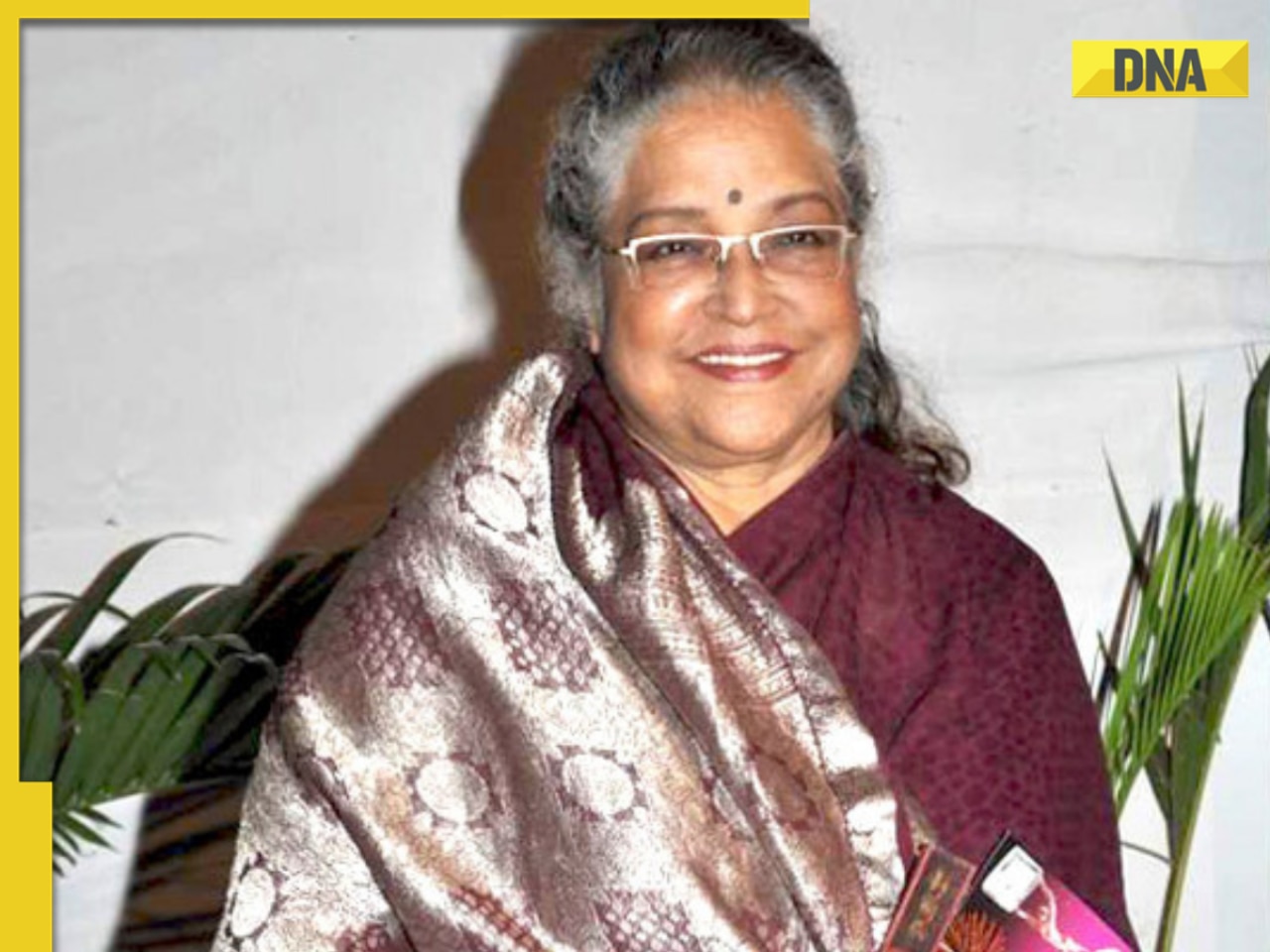
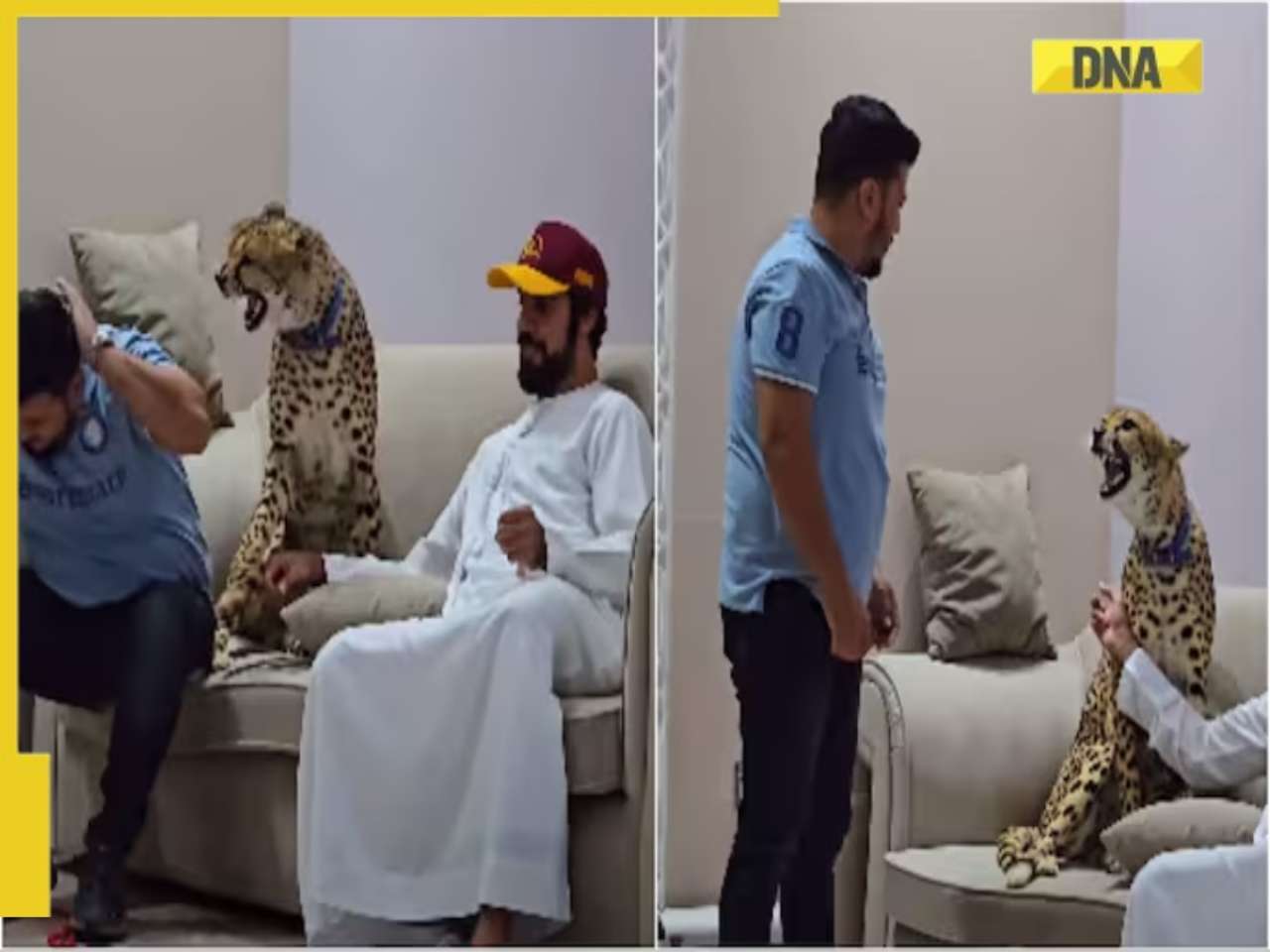
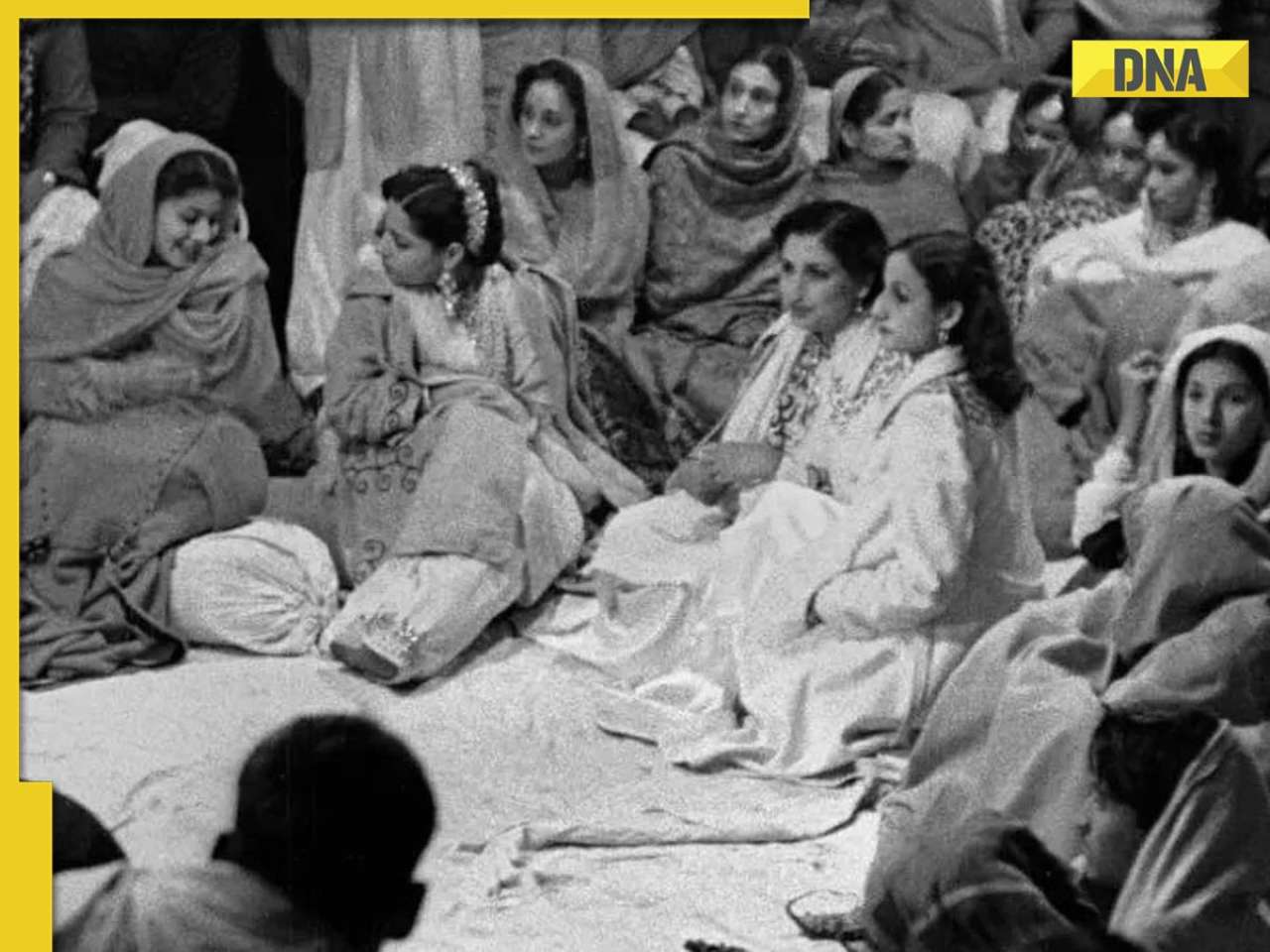






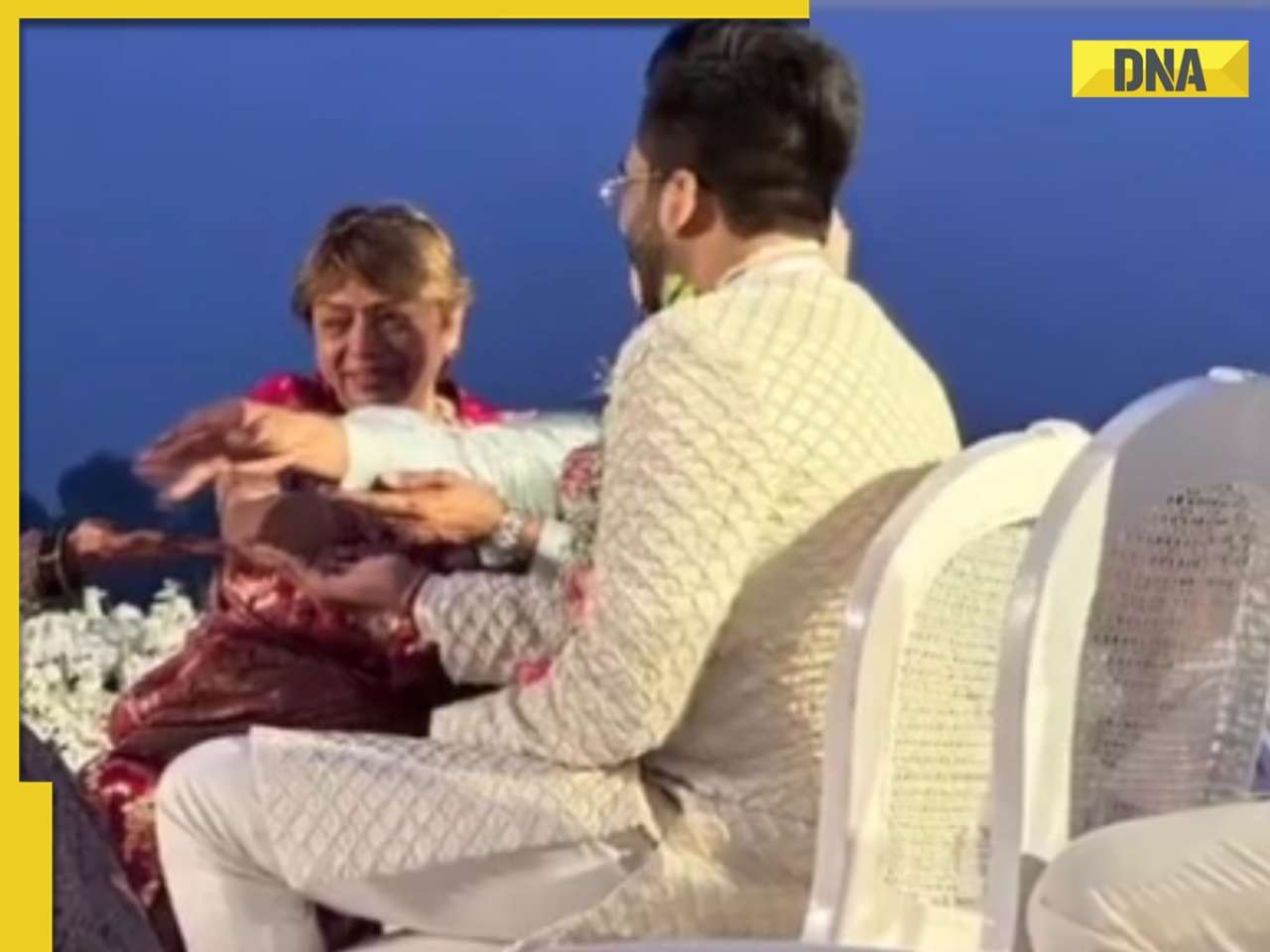

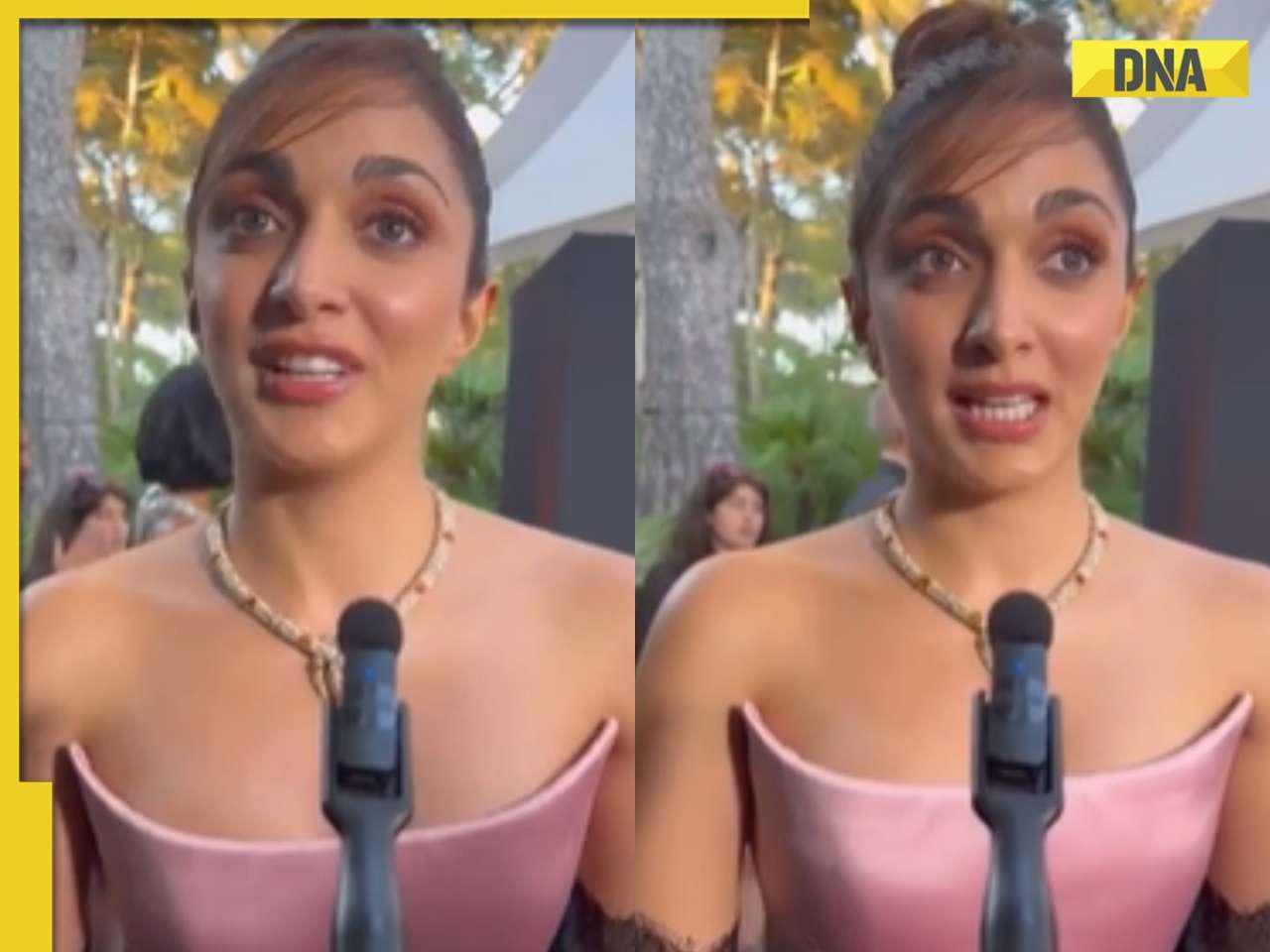


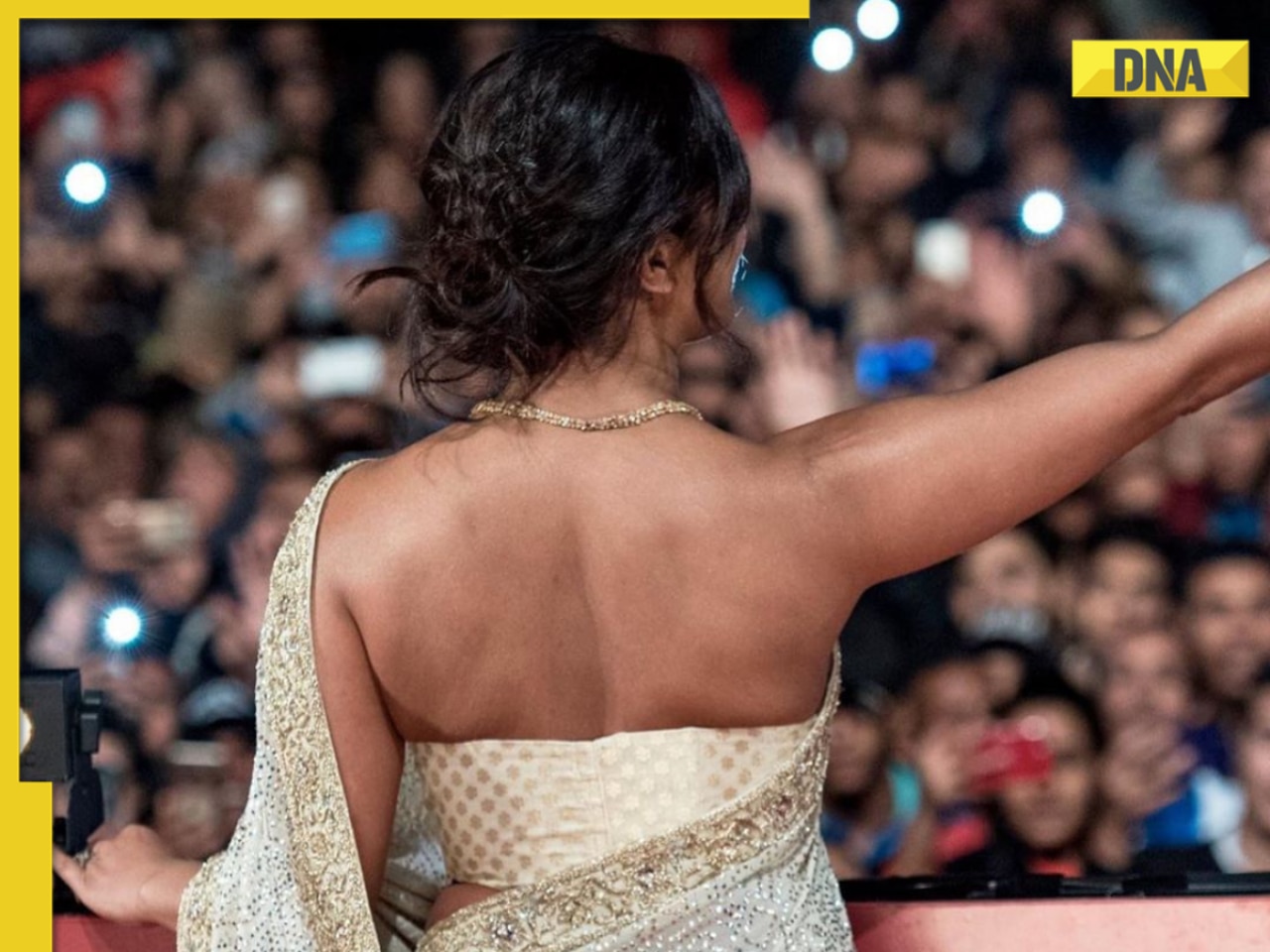
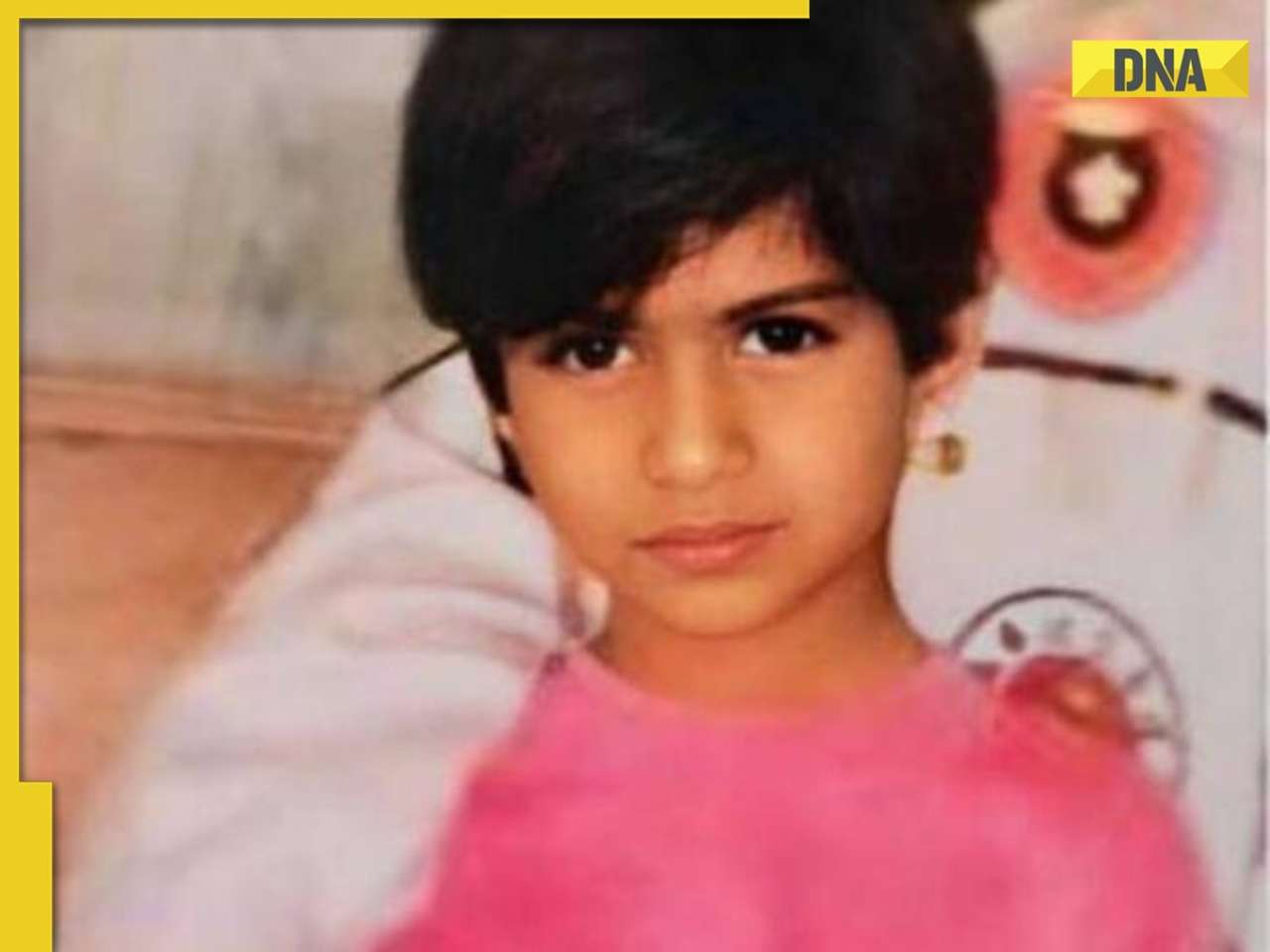

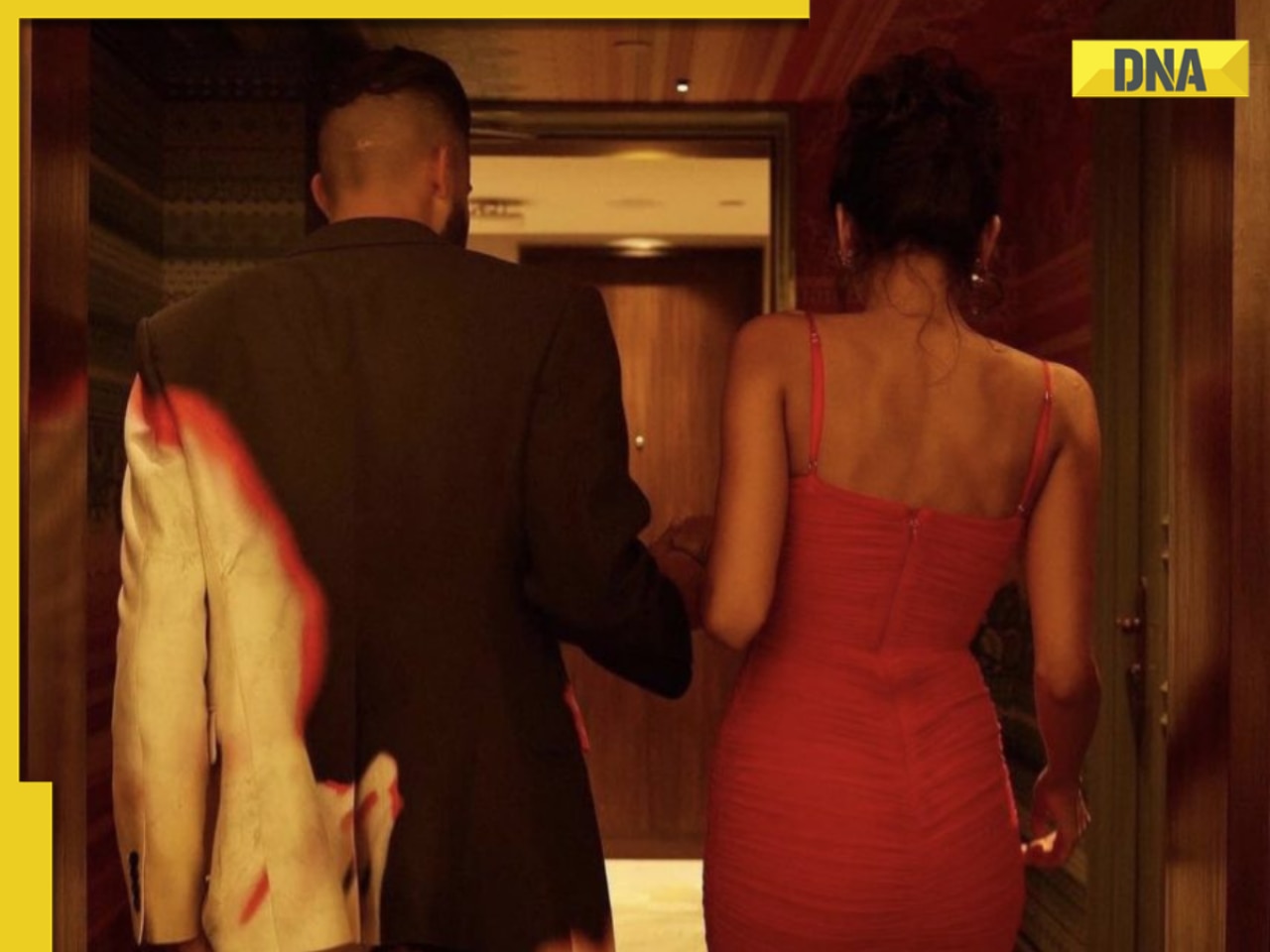

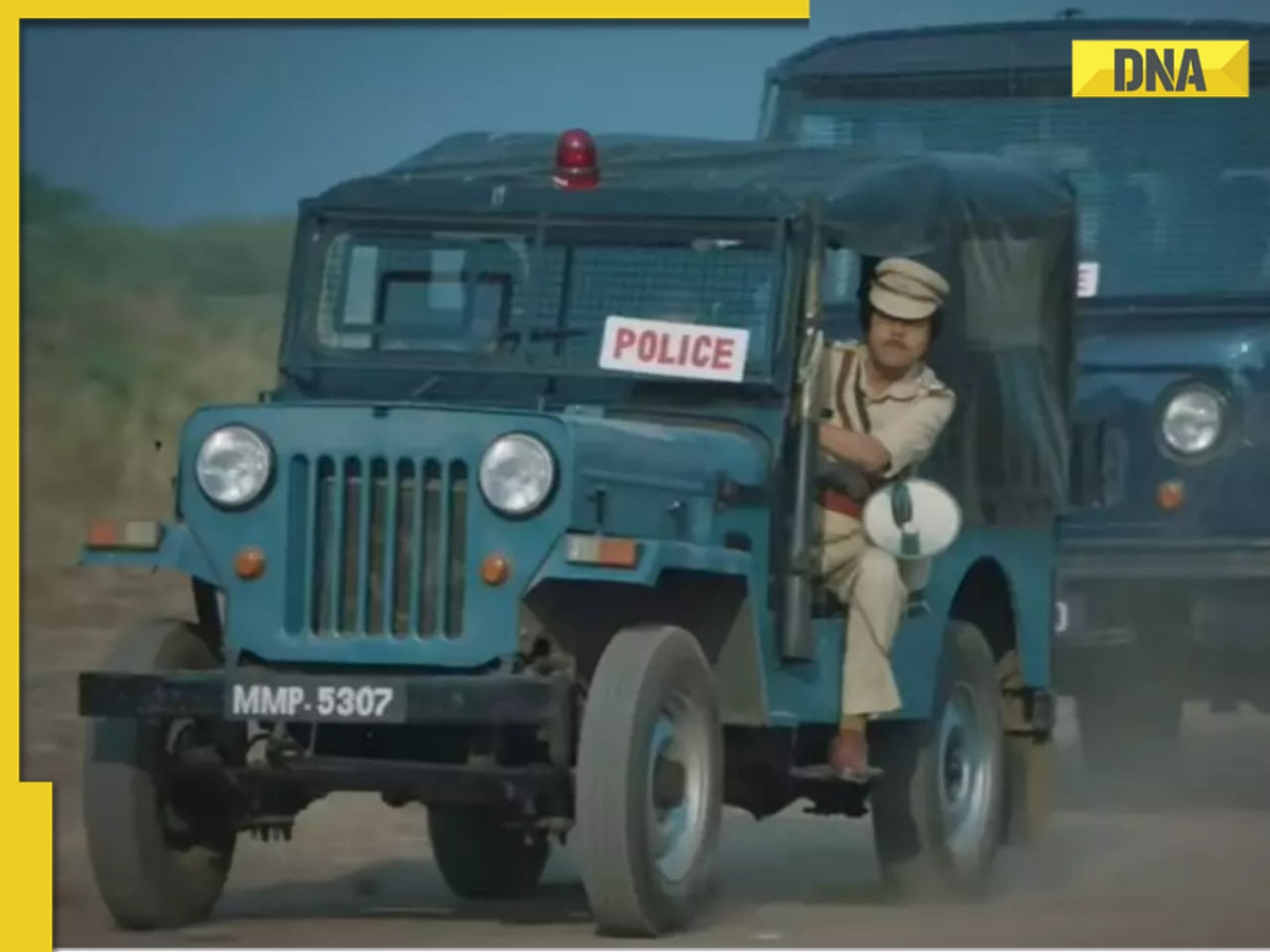
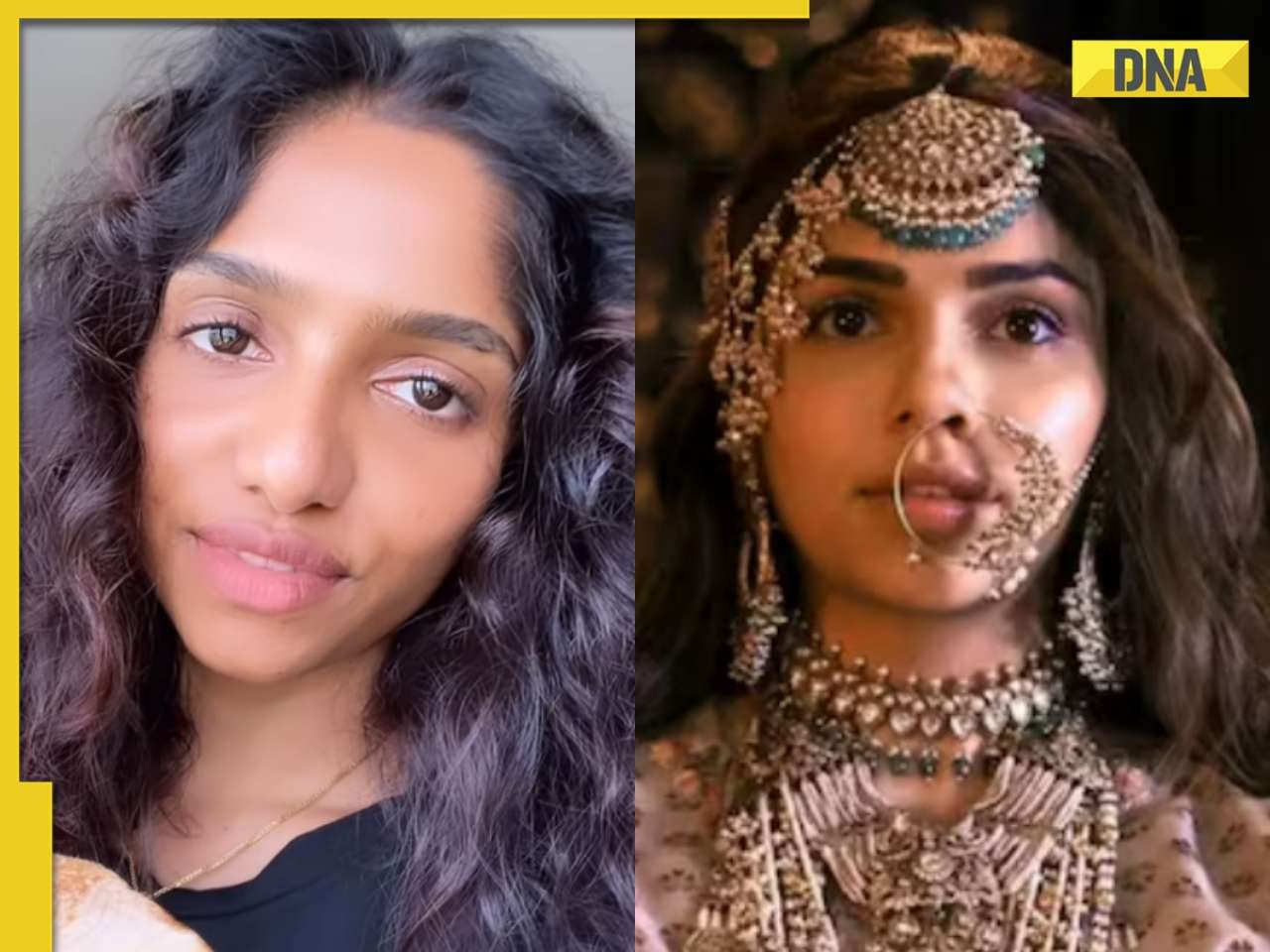




)
)
)
)
)
)